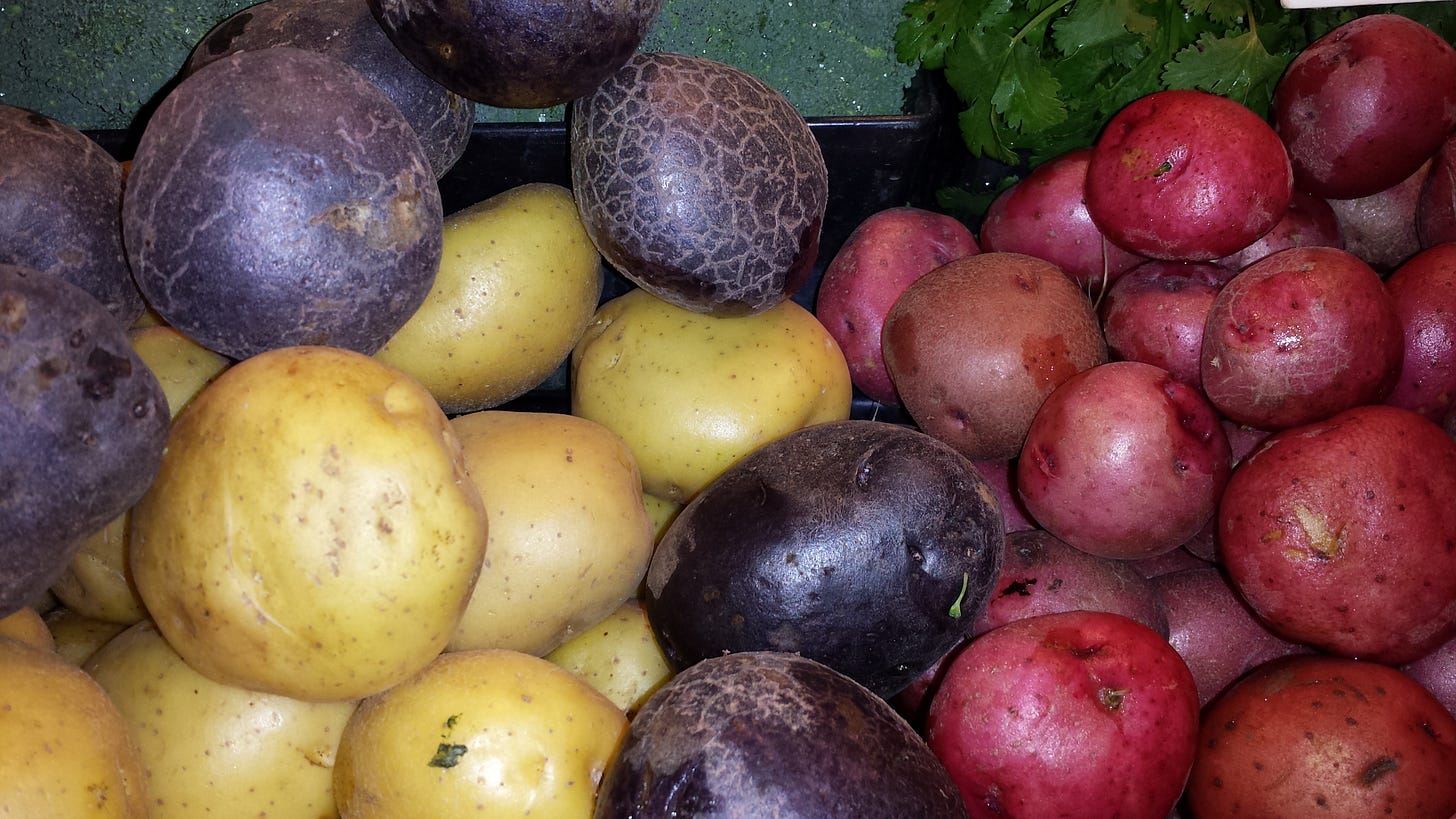This is Part 6 in my Roadmap to Scale Small Farms series. If you’re joining, start here:
While the first five essays in this series focused on how to make farming more viable—from land access to markets—this one takes a necessary detour. Because even the best farm plan will buckle if policy and advocacy don’t support it.
Especially at the local level.
We don’t need more press releases about food deserts. We need city policies that reduce friction, fund first steps, and make small-scale agriculture not just legal, but welcome.
Here are three levers local leaders can pull today to support the growth of small urban farms:
1. Incentivize Local Food Like It Matters
Big Ag has lobbyists. Local farms have booth fees.
At our mushroom farm, we paid over $300 per week just in booth costs to sell at 12 farmers markets across five municipalities.
Imagine if a city offered even a partial rebate of market fees for farms selling in their zip code. Or a $500 permit credit for local food producers.
These aren’t massive subsidies. But for small farms, they’re meaningful. Especially for new growers making early location decisions.
Want to ensure the food goes to the right places? Tie incentives to impact: extra benefits for farms that sell in low-access areas or donate unsold harvests to local food banks.
Not every policy needs a price tag. But the ones that do should reflect our values.
2. Zoning Shouldn't Be a Death Sentence
In most cities, growing food commercially on residential or industrial land is either banned, unclear, or buried in red tape.
Dallas has started to change that. Its Urban Agriculture Plan is one of the few forward-looking frameworks that sets real goals for food production and removes the zoning barriers that kill most urban farms before they start.
It’s not fast. It’s not flashy. But it’s happening.
And the next step is simple: replicate it across every municipality in the DFW region.
Cities don’t need to reinvent the wheel. They need to borrow the blueprint.
3. Local Institutions Must Be Buyers, Not Bystanders
Some say there’s no market for local food. Others say there aren’t enough farmers to supply it.
Both are right. That’s why we need to build both, together.
What if school districts, hospitals, and city agencies were required to source a percentage of their food from local farms?
What if employers offered Harvest Box programs through local growers as a wellness benefit?
What if anchor institutions like universities or Fortune 500 companies pledged to move even 5% of their cafeteria spend to local producers?
The result wouldn’t just be economic. It would be cultural.
Buying local food would become the norm, not the niche.
Systems Build Momentum
We often talk about local food as a moral good.
But moral goods don’t scale without smart systems.
We need to:
Pull on the levers that spark new farms: funding, policy, visibility.
Push hard against the outdated codes and cultural defaults that keep them small.
Not someday. Now.
The farms are ready. The food is wanted. Let’s build the systems to match.
What policy shifts would most support farms in your community? What invisible friction could we remove?
Comment below or reach out. Let’s name the levers.
And then pull them together.





